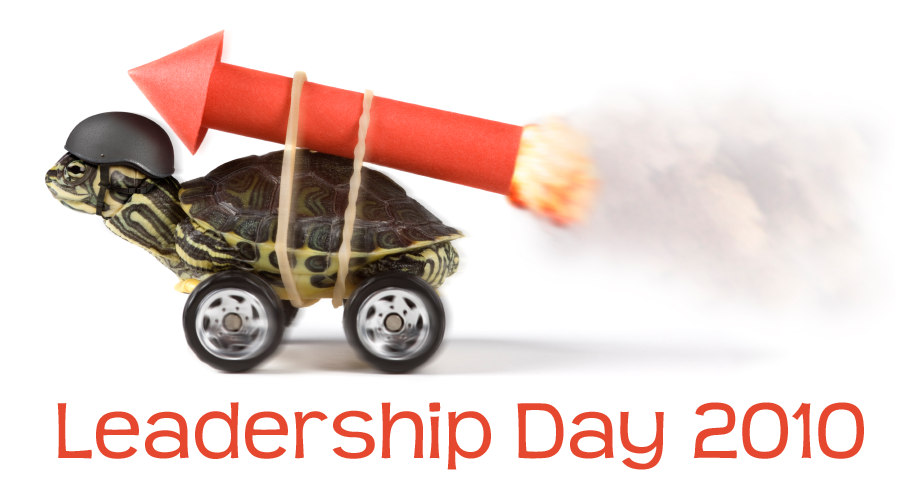 I’m one of the lucky ones. I get to test a new iPad for our school district for some time this year. In thinking about areas I’d like to really use the iPad, I know I can really use it during walkthroughs – combined with Google doc forms. Yep, I want to try that. When I visit with the teachers after walkthroughs, I find it interesting that the conversation teachers want to explain (or defend) most is that of student engagement – but only when there is a lack of it.
I’m one of the lucky ones. I get to test a new iPad for our school district for some time this year. In thinking about areas I’d like to really use the iPad, I know I can really use it during walkthroughs – combined with Google doc forms. Yep, I want to try that. When I visit with the teachers after walkthroughs, I find it interesting that the conversation teachers want to explain (or defend) most is that of student engagement – but only when there is a lack of it.
When a teacher starts down this conversational path, I know it is a teaching moment for me as a leader, and the conversation will be guiding the teacher into reflecting on what he or she was doing during that time where the students were not engaged. I have decided to include the teacher engagement process on my Google doc. How should I include that? If you are a teacher reading this, what would you want me to ask you? What data would I collect? How would you want to know if you are engaged with your students? Building principals, what do you use to measure whether or not a teacher is engaged? Suggest anything. Suggest everything. The list of what not to include is often as helpful and what should be there.
I know it’s hard to believe, but I still find teachers sitting at their desks working with students asleep at their own desks in the middle of a class period. I don’t mean one teacher on a rare occasion, I mean the same teacher over and over. Even if this happened at the end of a class period, we know we are supposed to respond to that. If you share ideas with me, in one month, I promise to share the Google doc form we create with our collective thoughts right here with all of you. And I will test it. Promise.
Photos: Engagement Ring by Sammy Hancock on Flickr.
All photos from Flickr: Creative Commons-licensed content for noncommercial use requiring attribution and share alike distribution

First, I’d like to give a suggestion on how you might use the iPad. I am a special ed. teacher and a tech. enthusiast who is dying to get my hands on an iPad to see what students with special needs can do with it. Can you try to collaborate with your special ed. teachers to see if you can “engage” your learners with special needs with the iPad? What types of Text to Speech options does it have? Perhaps use it with a student who has limited mobility and does not operate the mouse on a desktop computer? Just ideas…
Second, I am always concerned that my principal believes my students with autism are not actively engaged and often remind him that although they are not actively making eye contact with me, they are still learning… 🙂
One way I believe good teachers keep students actively engaged is by accessing multiple modalities. On your assessment form, you might note how many learning styles, multiple intelligences, or modalities (or senses) the teacher is accessing with his/her lesson.
Also, you might make note of how often the “setting” is changed. For example, in elementary school, we often change areas of the classroom from the carpet area to the tables to the SMARTboard area, etc. In high school, you might take note of the amount of movement provided to students during the course of the lesson as well. This movement could occur by students moving their bodies just to focus on a teacher who is actively moving around the classroom or by moving into collaborative groups, etc.
Just ideas from a special ed. teacher in Ohio. 🙂
Thanks Morgan! I like the idea of “accessing multiple modalities.” Great idea. I will definitely include movement, groupings, and teacher activity. You are confirming exactly what I had hoped teachers would want me to look for. Look for you ideas in my form when I post it! ~j
Chart patterns with these four categories: wandering, watching, working, learning. Wanderers are many students off task, watchers are passive learning watching the teacher work, workers, are completing tasks most often independently, and learners are demonstrating their knowledge with either peers or teachers. While you do not get a true snapshot with one visit, patterns should easily develop both in a classroom and within a school.
Love the blog! As a fellow admin. and recent blogger, I have enjoyed your transparency.
Thanks John! I like the categories! Keeps the observation chart simple and allows feedback to be direct to the action of both. I also think it will be any easier way to process the data on a Google doc. I realize that’s not necessarily something critical for the observation in and of itself, but it’s certainly something that makes the ease of use AND shelf life of the tool very valuable. I look forward to learning from you.
Pingback: Ready? Engage. | Ancora Imparo